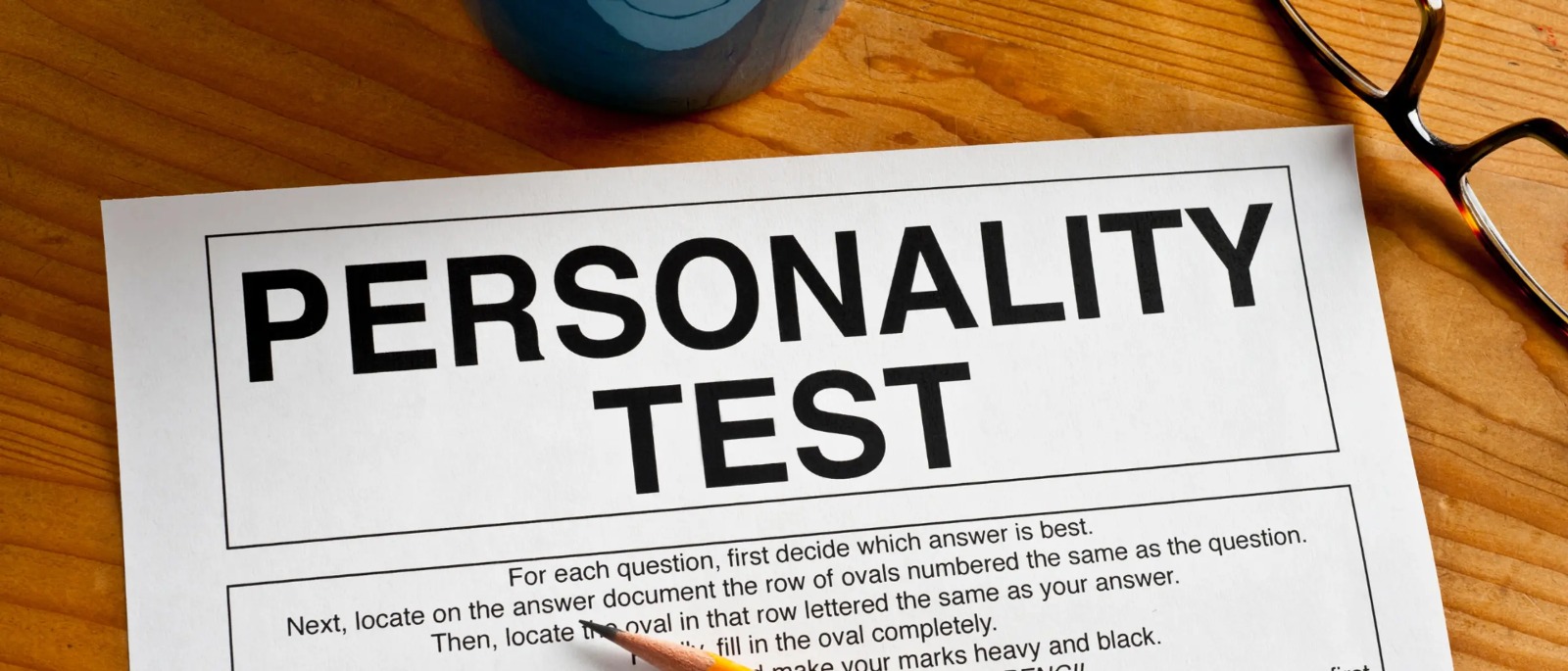Introduction
Remote work has completely redefined how we approach our jobs. The idea of working from home sounds ideal: no commute, flexible hours, and the comfort of your own space. Yet, behind the perks lies a silent challenge many professionals face: burnout.
Unlike in-office stress, remote burnout creeps manage burnout when working remotely in quietly. There are no visible boundaries between work and rest, and over time, productivity takes a hit. According to a 2024 Gallup survey, nearly 38% of remote employees reported feeling emotionally exhausted by the end of the week.
The causes aren’t always obvious. It’s not just about long hours; it’s also about isolation, blurred work-life balance, and digital fatigue. The good news? Burnout is preventable and manageable with the right approach.
In this blog, we’ll explore practical ways to recognize, manage, and prevent burnout when working remotely so you can protect both your mental well-being and your career growth.
Recognizing the Signs of Remote Work Burnout
When Productivity Feels Like Pressure
The first step to managing burnout is understanding manage burnout when working remotely its early signs. Unlike physical fatigue, burnout affects your motivation, focus, and emotional energy. You might start feeling drained, unmotivated, or find it harder to concentrate on simple tasks.
Remote workers often fall into a pattern of “always being on,” replying to emails late at night or skipping breaks to meet deadlines. What feels like dedication at first can quickly turn into exhaustion. When you stop feeling proud of your work or dread opening your laptop each morning, those are red flags.
Another subtle indicator is increased irritability or detachment. You might feel disconnected from your team, avoid meetings, or lose enthusiasm for projects you once enjoyed. Recognizing these signs early gives you a chance to reset before they affect your health or performance.
Setting Healthy Boundaries in a Borderless Work Environment
Redefining “Office Hours” for Remote Success
One of the main reasons burnout spreads among remote workers is the lack of clear boundaries between professional and personal life. Without a physical office to leave behind, many end up working longer hours unintentionally.
Start by defining your work schedule and sticking to it. Create a routine that mirrors a traditional workday, log in at a fixed time, schedule lunch breaks, and sign off consistently. Use tools like Google Calendar or Notion to mark your availability so your colleagues know when you’re offline.
Designing a Dedicated Workspace
Your physical environment influences your mental focus. Working from bed or the couch might seem comfortable, but it blurs the line between rest and productivity.
Set up a dedicated workspace, even a small desk by the window, ow can help your brain switch into “work mode.” When you leave that space at the end of the day, it signals your mind that work is done. This simple psychological shift reduces stress and helps maintain balance.
Prioritizing Self-Care and Mindful Breaks
Recharging Your Mind and Body
Burnout doesn’t happen overnight; it builds up from neglecting small daily habits. Prioritizing self-care is one of the most effective ways to prevent it. Start by scheduling micro-breaks every hour. Even five minutes to stretch, breathe, or walk around can boost your energy and reset your focus.
Physical activity is another key component. Regular exercise, whether it’s a short walk, yoga, or home workout, improves mood and reduces anxiety. Many remote professionals underestimate how much movement they lose by working from home. Combat that by incorporating movement into your daily schedule.
The Power of Mindfulness and Downtime
Mindfulness practices, such as meditation or journaling, help calm the mind and bring awareness to stress triggers. Apps like Headspace or Calm make it easy to practice mindfulness even during a busy workday.
Equally important is downtime. Don’t replace your commute time with extra work. Use that time to pursue hobbies, spend time with family, or simply rest. Remember, er rest isn’t unproductive; it’s essential for sustainable success.
Strengthening Communication and Connection
Don’t Go Silent, Stay Connected with Your Team
Working remotely can often feel lonely, especially when communication becomes purely task-oriented. Humans are social beings, and a lack of connection amplifies burnout. Make an effort to engage beyond work updates, have casual check-ins, attend virtual coffee chats, or share wins in team channels.
If your company doesn’t already have a culture of open communication, take the initiative. Schedule short one-on-one calls or propose weekly “non-work” meetups to reconnect with your peers. This helps create a sense of community and reduces the isolation that often fuels burnout.
Communicate Your Workload Early
Burnout often arises when employees silently carry too much. Instead of pushing yourself to exhaustion, communicate workload challenges early. Talk to your manager about deadlines or resource issues. Most employers value transparency and prefer realistic timelines over last-minute burnout-related slowdowns.
Healthy communication helps set expectations and creates an environment of mutual trust, a foundation for sustainable remote work.
Adopting Smart Work Strategies and Digital Discipline
Mastering the Art of Digital Balance
Remote work revolves around screens, meetings, emails, messages, and endless notifications. Without control, this constant connectivity leads to digital fatigue.
Try using techniques like the Pomodoro method (25 minutes of focused work followed by a 5-minute break) or time-blocking to structure your day. Turn off unnecessary notifications and check emails at set intervals instead of every few minutes.
Leverage Technology Without Letting It Take Over
Ironically, the same tools that enable remote work can also contribute to burnout if misused. Apps like Slack, Zoom, and Teams are powerful, but they can overwhelm you with messages and meetings.
Use productivity tools wisely, automate repetitive manage burnout when working remotely tasks, use focus modes on your devices, and take advantage of “Do Not Disturb” features. This creates mental space for deep, meaningful work rather than constant context switching.
Ultimately, digital discipline allows you to stay productive without feeling consumed by technology.
Conclusion: Building a Sustainable Remote Work Routine
Managing burnout when working remotely isn’t just about taking breaks; it’s about creating a sustainable lifestyle. It requires balance, boundaries, and conscious effort to protect your mental well-being.
Recognize the early signs, prioritize self-care, and communicate your manage burnout when working remotely needs. Build daily routines that allow you to rest, recharge, and grow.
Remote work offers incredible freedom, but that freedom comes with responsibility, the responsibility to manage your energy wisely.
When you approach remote work with awareness and structure, burnout doesn’t stand a chance. You’ll not only feel more balanced but also rediscover the joy and creativity that made you love your work in the first place.
Find Your Dream Job Today Explore Endless Career Opportunities and Secure Your Next Role with Best Job Tool







Leave a Reply